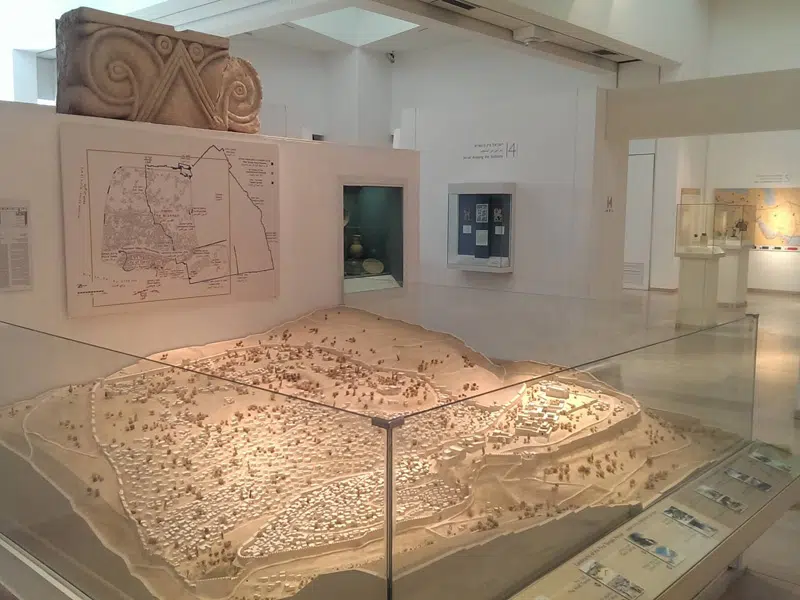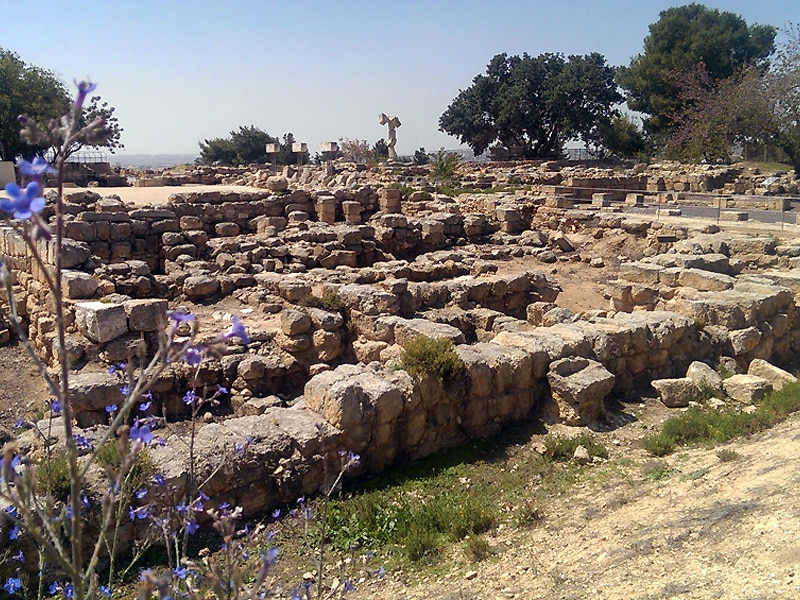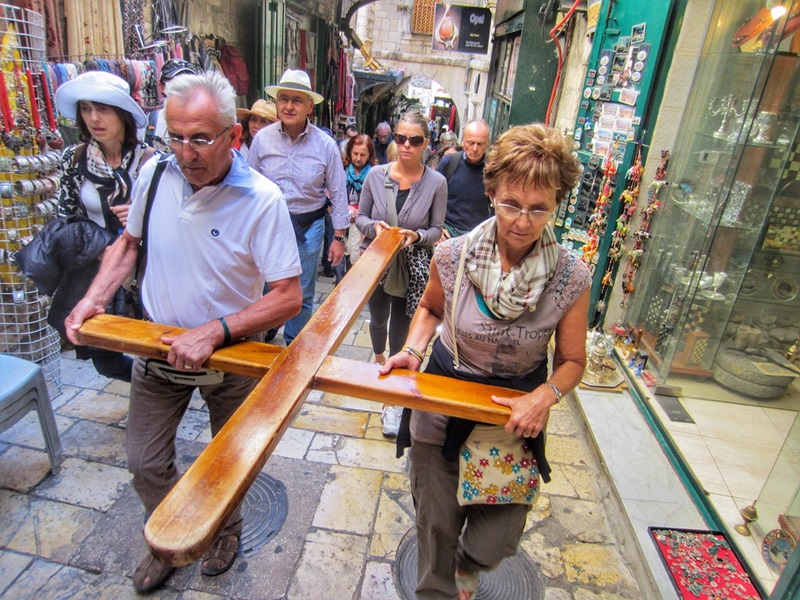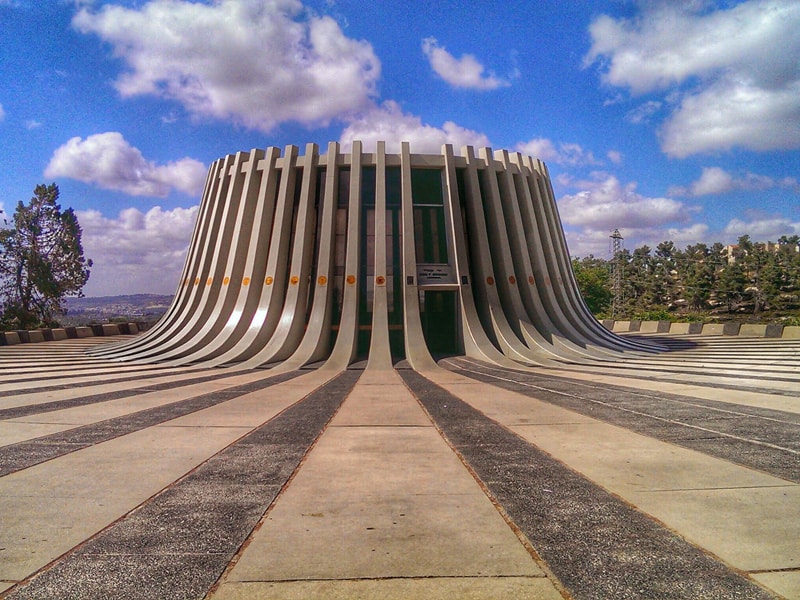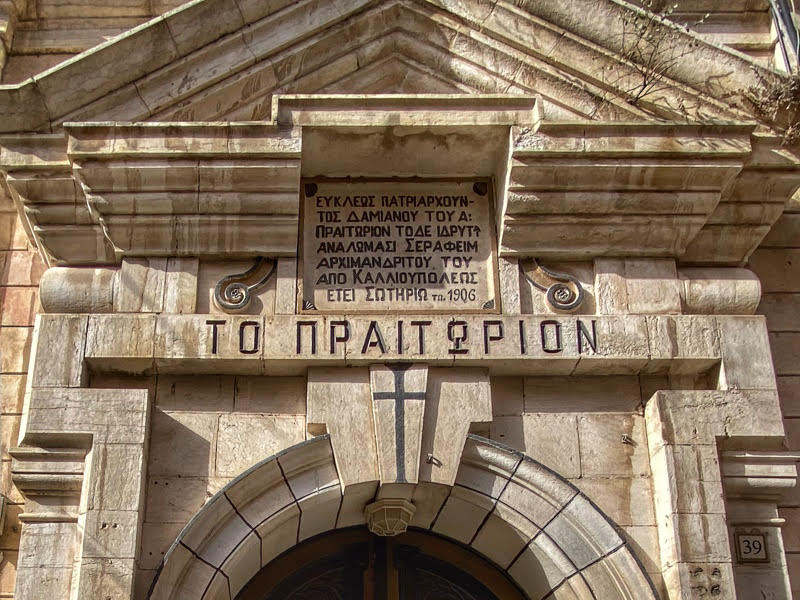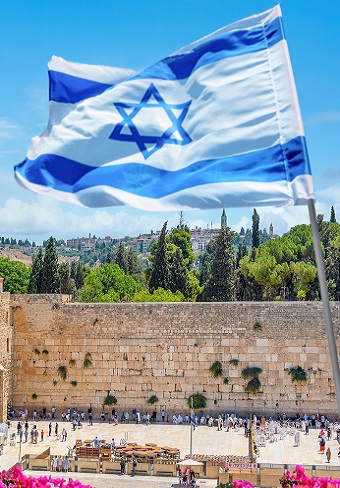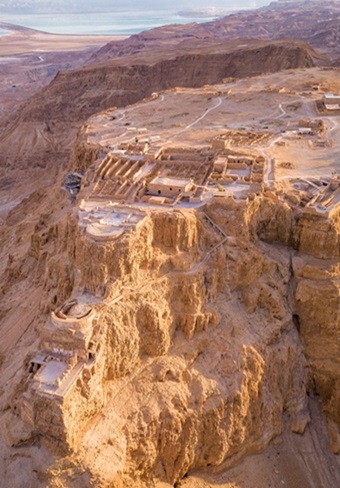Akeldama, the Field of Blood / Monastery of Onophorius
According to the Gospels the arrest of Jesus at Gethsemane was made possible by the betrayal of one of his disciples, Judas Iscariot. The Gospel of Matthew records the remorse of Judas when Jesus was condemned to death:
“When Judas, who had betrayed him, saw that Jesus was condemned, he was seized with remorse and returned the thirty pieces of silver to the chief priests and the elders. “I have sinned,” he said, “for I have betrayed innocent blood.” “What is that to us?” they replied. “That’s your responsibility.” So Judas threw the money into the temple and left. Then he went away and hanged himself.” (Matthew 27:3-5).
The High priests then decided to buy a burial plot with that money:
“The chief priests picked up the coins and said, “It is against the law to put this into the treasury, since it is blood money.” So they decided to use the money to buy the potter’s field as a burial place for foreigners. That is why it has been called the Field of Blood to this day.” (Matthew 27:6-8)
The book of Acts explains the origin of the term Akeldama:
“With the payment he received for his wickedness, Judas bought a field; there he fell headlong, his body burst open and all his intestines spilled out. Everyone in Jerusalem heard about this, so they called that field in their language Akeldama, that is, Field of Blood.” (Acts 1:18-19).
Identifying Akeldama
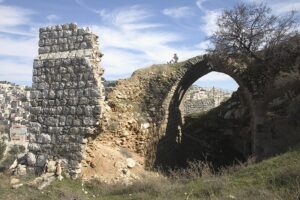
Public burial site at Akeldama from Crusaders time. (C) Ron Peled
Eusebius in the third century CE is the earliest source to identify Akeldama at the Hinnom Valley, the southern border of the old city of Jerusalem. This identification made the site a popular burial area for Christian pilgrims, especially in the Crusaders period (12th-13th century AD).
A large burial structure, whose main vaults are still standing, was constructed in Crusaders time for the burial of pilgrims who died (or came to die) in Jerusalem. In the Middle Ages it was considered a good deed to be buried in Akeldama, and soil from that area was taken to be placed in Christian cemeteries in Europe.
In 1892 a Greek Orthodox church was erected on the southern cliff of Akeldama in memory of a Christian monk named Onuphorius.
Touring Akeldama

General View of the Hinnom Valley. Photo by Michael Browning.
Large scale excavations were never carried out in the vicinity of Akeldama, but remains of burials from various periods can be seen in the Hinnom Valley, including some from the first century. A tomb that can possibly be connected to Judas Iscariot is yet to be found.
Contact us for a Day tour of Jerusalem that will include a visit to the Hinnom valley and Akeldama.
